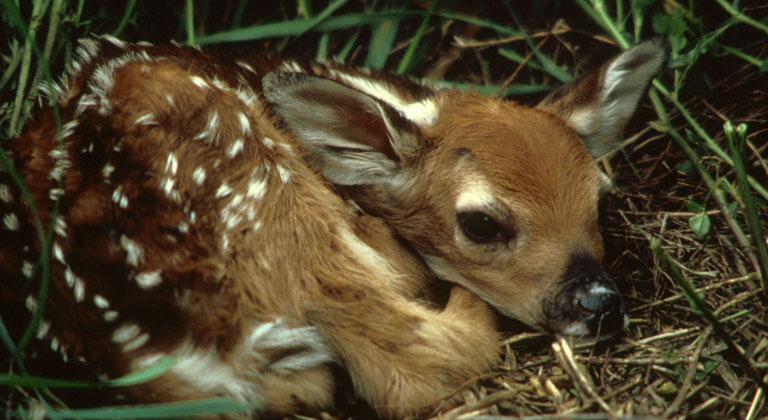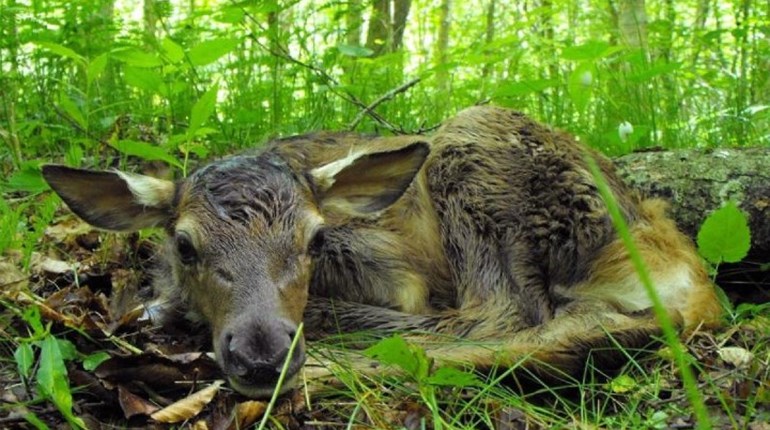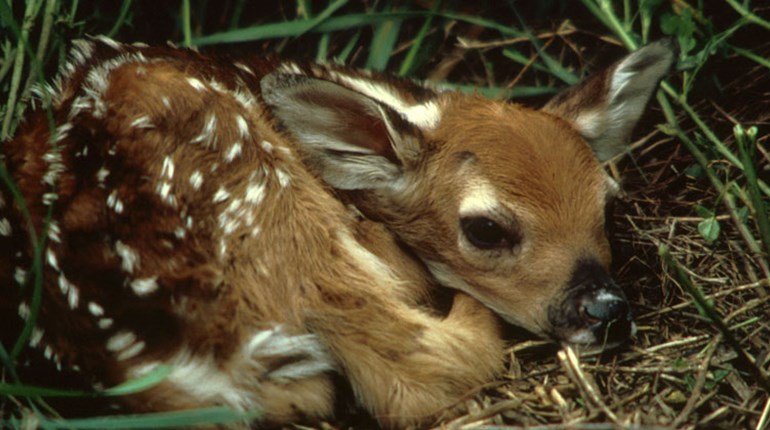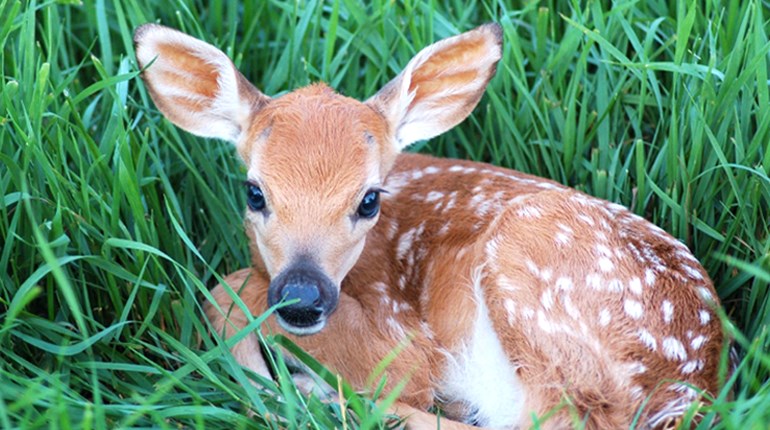
If you and your family spend much time in the outdoors, it's quite likely that as spring progresses you'll see infant wildlife. Perhaps you'll come upon a fawn, its dappled fur concealing it in the lengthening grass, or a baby rabbit looking tiny and lost under a bush. It's common for people to see these lone (and adorable) baby critters and think that they've been abandoned and wonder if the animal is in need of help. What many people don’t know is that most newborn wildlife is best left alone. A recent report from the Georgia Department of Natural Resources’ Wildlife Resources Division encourages people to resist the urge to “rescue” these animals.
“Although individuals may have good intentions, young animals unnecessarily taken into captivity lose their natural instincts and ability to survive in the wild,” explains John Bowers, Georgia Department of Natural Resources Wildlife Resources Division assistant chief of Game Management. “Most of the time, young wildlife that appear to be helpless and alone are only temporarily separated from the adults,” explains Bowers. Handling wild animals and might even be dangerous for you: Animals can carry parasites like ticks, fleas, roundworms and lice, or even diseases like rabies.
If you’re sure that an animal has been orphaned, or if it’s injured, you should contact your local Wildlife Resources Division office to obtain a contact number for a licensed wildlife rehabilitator to provide proper care for the animal until it can be released into the wild. For more information on orphaned, injured or diseased wildlife, visit www.georgiawildlife.com.






































